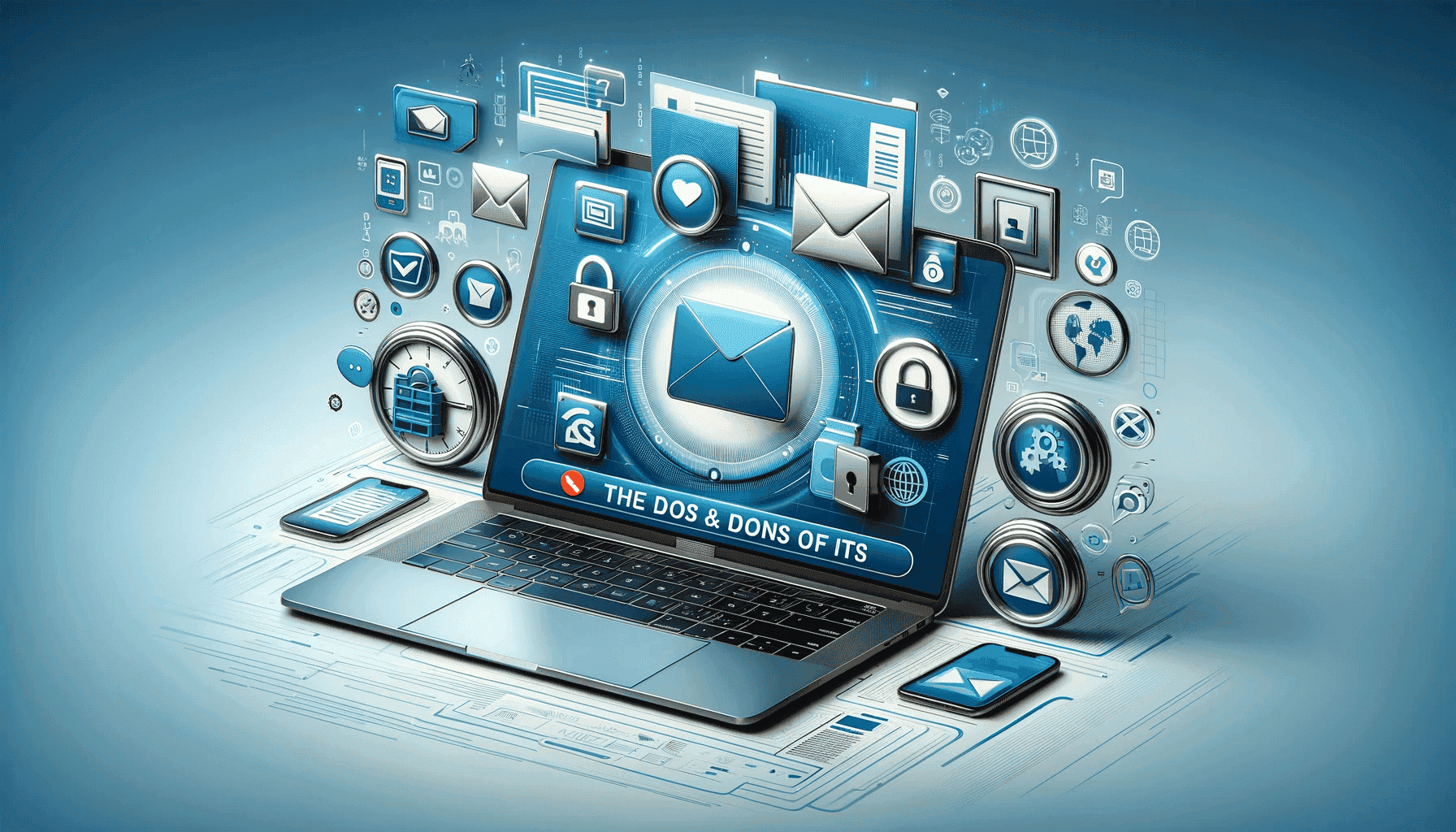
The Do's and Don’ts of Email Attachments: A Comprehensive Guide
Email attachments are a vital part of modern communication, enabling us to share documents, images, and other files with ease. However, navigating the world of email attachments can be tricky. This comprehensive guide provides essential dos and don’ts to help you use email attachments effectively and securely.
Do: Choose the Right File Format
1. Universal Formats: Always opt for widely accepted file formats like PDF for documents, JPEG or PNG for images, and MP3 or MP4 for audio and video files. These formats ensure that the recipient can open the attachment without compatibility issues.
2. Compression: For multiple files or large documents, use ZIP or RAR formats to compress them. This not only saves space but also makes the downloading process faster and more efficient.
Don't: Send Oversized Files
1. File Size Limits: Be mindful of the size of your attachments. Many email servers have a limit on the size of files you can send, typically around 25MB. Sending oversized files can lead to delivery failures.
2. Consider Alternatives: For larger files, consider using cloud storage services like Dropbox or Google Drive. You can upload your file to these services and then share a link via email.
Do: Ensure File Security
1. Scan for Malware: Always scan attachments for viruses or malware before sending them. This is crucial for maintaining digital safety and trust.
2. Sensitive Information: If you’re sending confidential or sensitive information, consider using encryption or password protection. Services like Inbox.com often provide tools to secure your email attachments.
Don't: Overlook File Naming
1. Clear Naming Conventions: Use clear, descriptive file names. This helps the recipient understand the content without having to open the file.
2. Avoid Special Characters: Steer clear of using special characters in file names as they might cause issues in different operating systems.
Do: Respect Copyright and Legal Boundaries
1. Copyrighted Material: Never send copyrighted material without permission. This includes music, videos, software, and documents.
2. Legal Compliance: Be aware of legal regulations regarding data privacy, especially when sharing personal or sensitive data.
Don't: Neglect the Email Body
1. Context is Key: Always include a message in the body of your email explaining what the attachment is. This not only provides context but also reassures the recipient that the email is legitimate.
2. Instructions and Descriptions: If necessary, provide instructions or a brief description of the attachment.
Do: Utilize File Preview Features
1. Preview Before Sending: Take advantage of the file preview features that many email services offer. This ensures that you are attaching the correct file.
2. Inline Images: For images, consider embedding them in the email body, especially if they are crucial to the email's content.
Don't: Ignore Recipient Constraints
1. Recipient’s Email Environment: Be aware of the recipient's email environment. Some may have restrictions on the types of files they can receive.
2. Inform About Large Attachments: If you must send a large file, inform the recipient beforehand, so they can ensure their system can handle it.
Conclusion
Navigating email attachments requires a balance between convenience and caution. By following these dos and don’ts, you can ensure a smooth, efficient, and secure email experience. Remember, email attachments, when used correctly, are a powerful tool in your communication arsenal. Keep these tips in mind and make the most out of your digital interactions, whether they’re for personal or professional purposes.
Updated: April 23, 2024 at 2:24 PM
Published: December 8, 2023 at 12:13 AM


